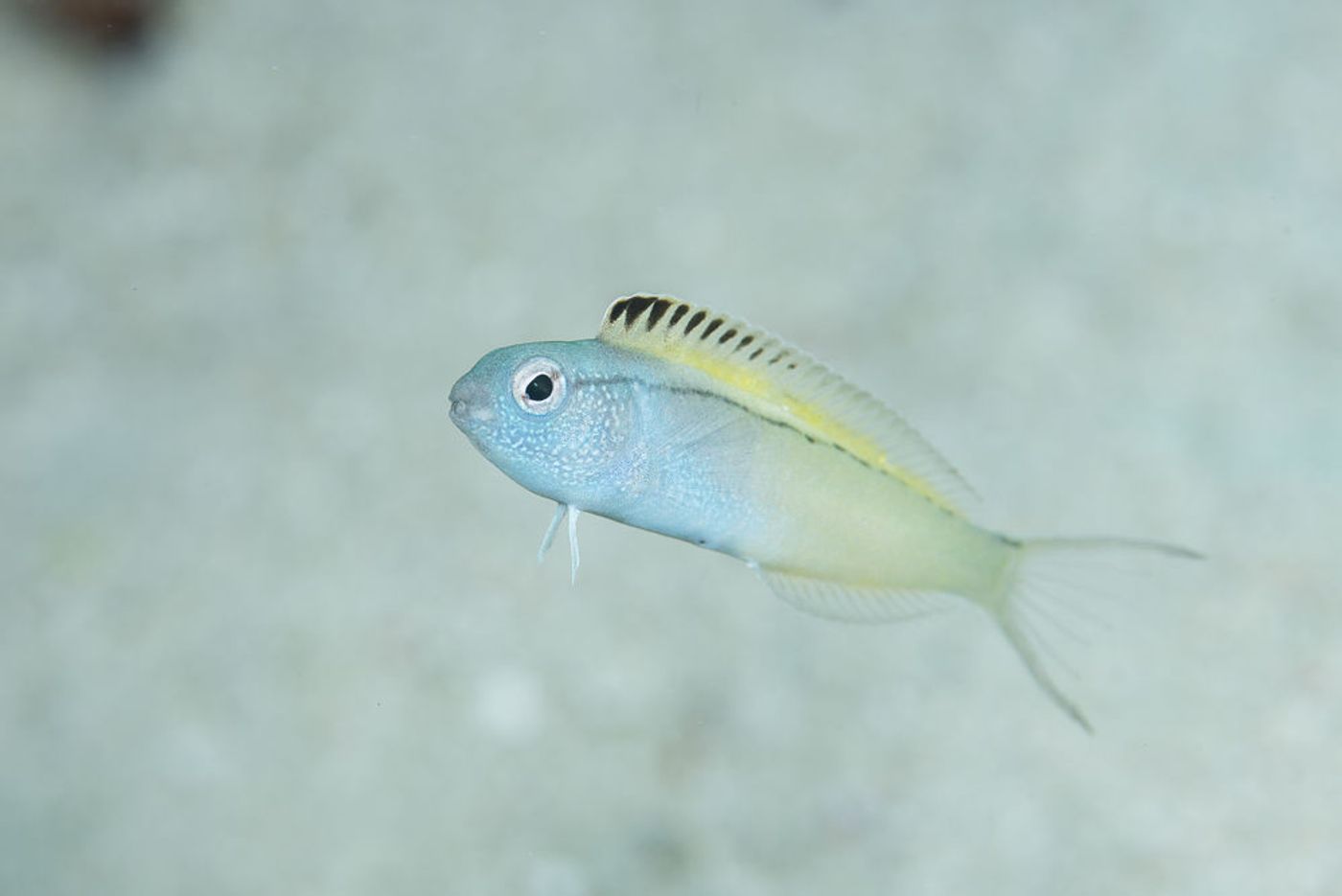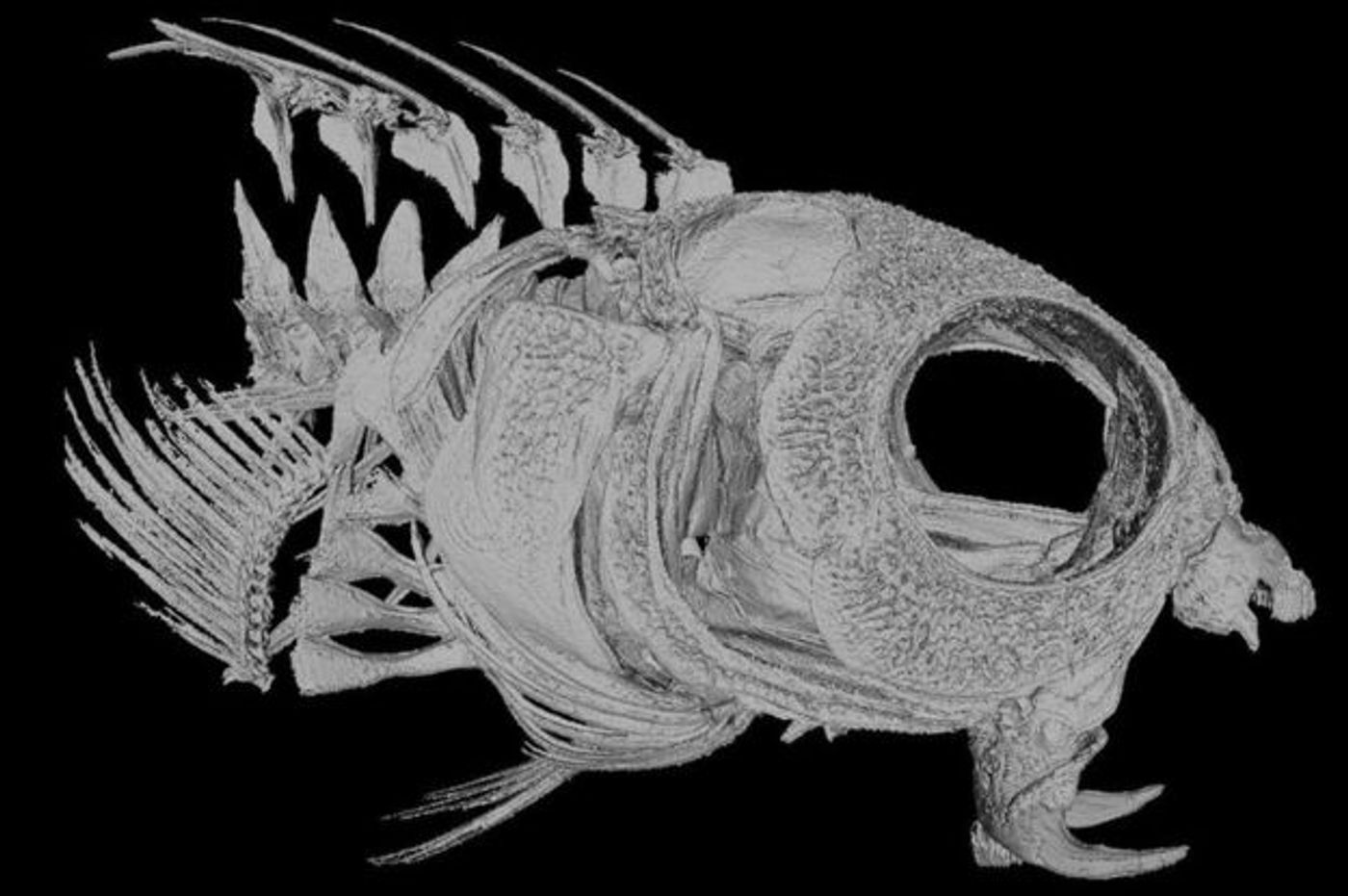Seemingly Harmless Fish Has Opioid-Infused Venom
There exists a fish so small and colorful that you would think it was harmless; on the other hand, it seems as though it packs a set of quite unsuspecting sharp fangs that are completely invisible until the creature actually opens its mouth.
Image Credit: Richard Smith/OceanRealmImages
Dubbed the fang blenny, these little fish can be found hanging out around coral reefs off of the coast of Australia, as well as in other parts of the world. While we’ve known for quite some time that they have these little teeth, it has continued to baffle scientists as to why they deliver a painless bite.
Scientists began using cotton swaps to study the creatures’ bites and found that some fang blennies excrete venom that is much different from the venom of other venomous animals. The findings appear in the journal Current Biology.
According to the study, numerous fang blennies actually excrete an opioid-infused venom. In English, this basically means the venom contains painkiller-like qualities.
Imagine that – they’re numbing the site of the bite so that you never actually feel any excruciating pain from it, and then the qualities of the venom travel throughout the body. This is quite the contrary behavior to most venomous animals, in which the venom either causes additional pain or torture in the victim.
That said, with such a stark difference in venom purpose, why exactly do some fang blennies give off this weird opioid-infused venom? Some scientists believe that it gives the creature a chance to escape predators by stunning and sedating them for short periods of time, much like heroin or morphine would in a person.
It’s worth noting that not every fang blenny exhibits the venom, as only a fraction of those involved in the swab testing appeared to give it off. More importantly, the animals don't seem to be shy of biting the swabs (or anything/anyone else for that matter) and the creature’s early history would suggest that the teeth were originally used for eating, rather than for self-defense.
Image Credit: Bryan Fry
Nevertheless, it could be rewarding to research the opioid-like qualities of the venom that fang blennies produce, as we could learn from it, allowing us to improve our current or future painkillers for medicinal use.
Source: Live Science










